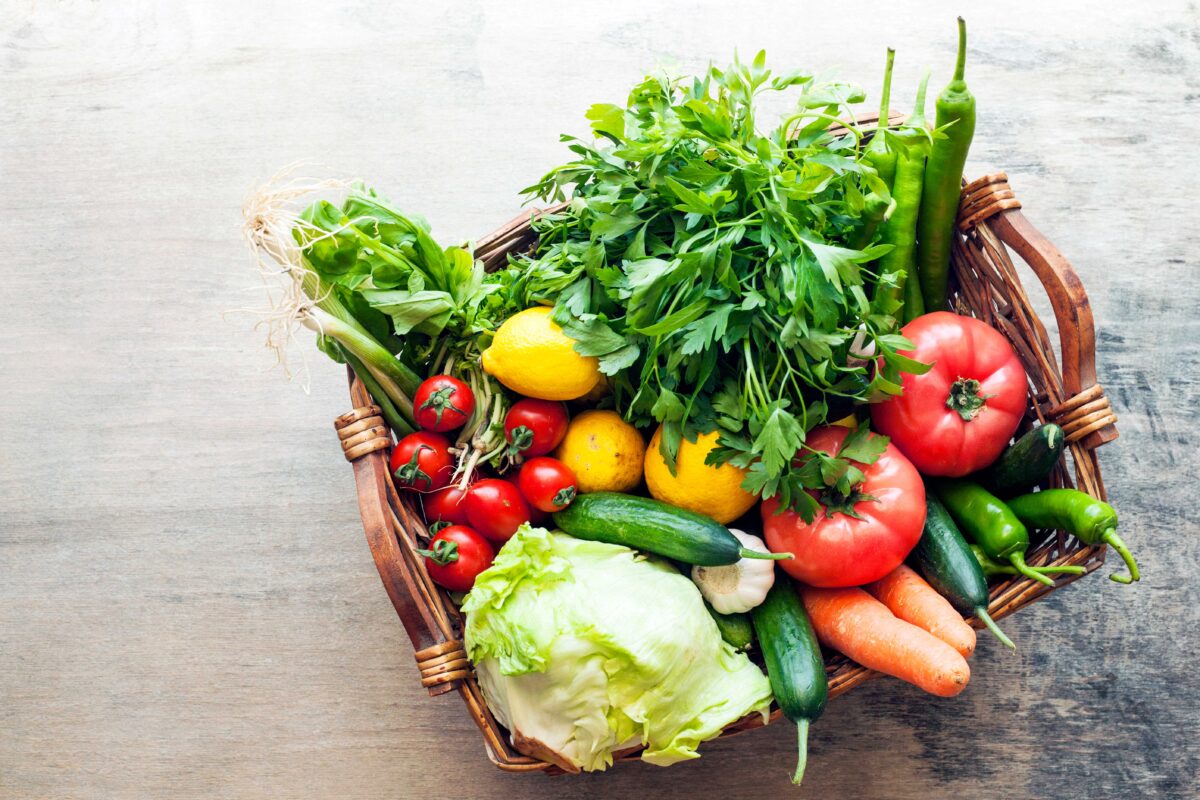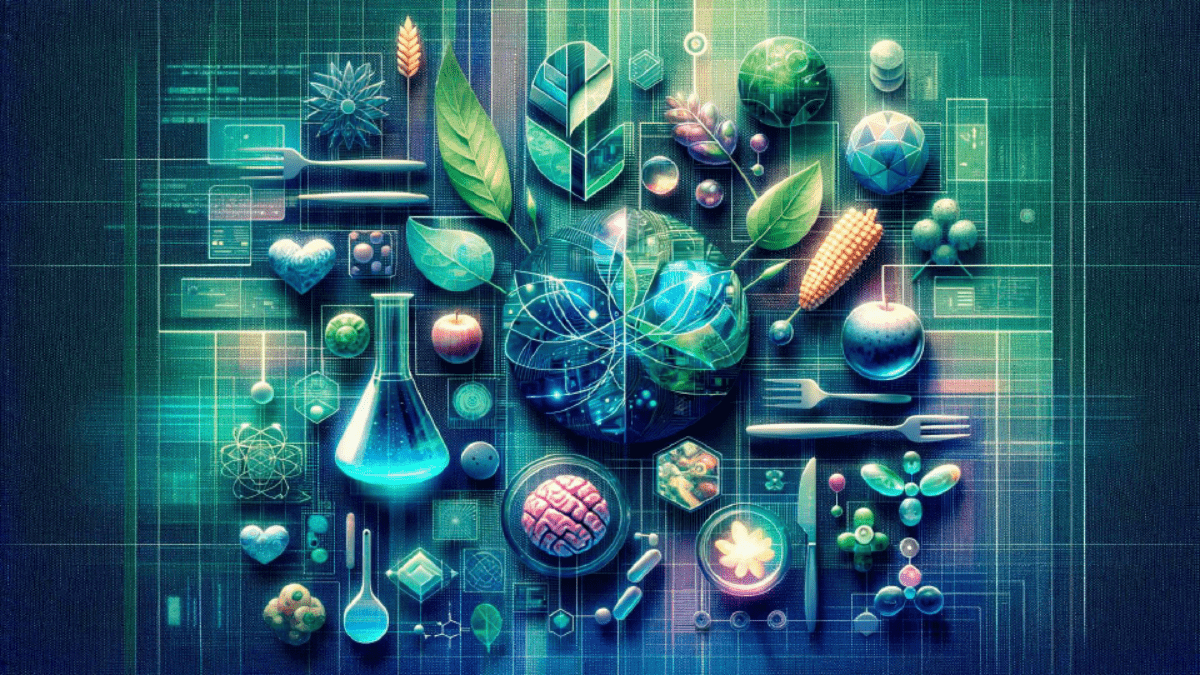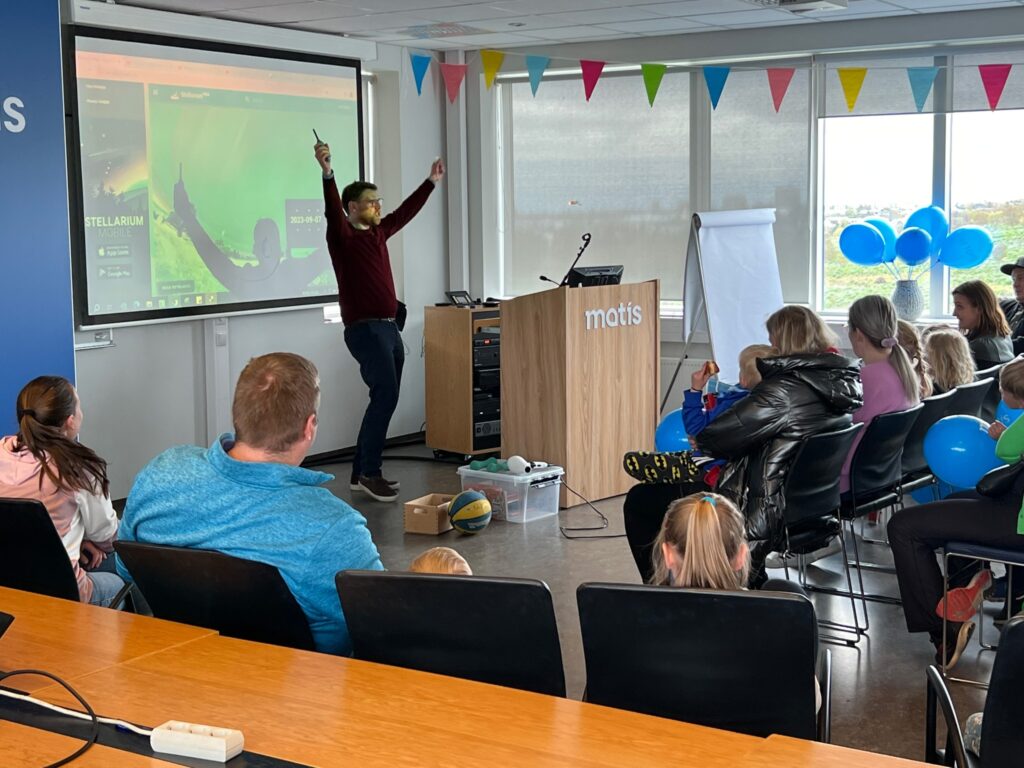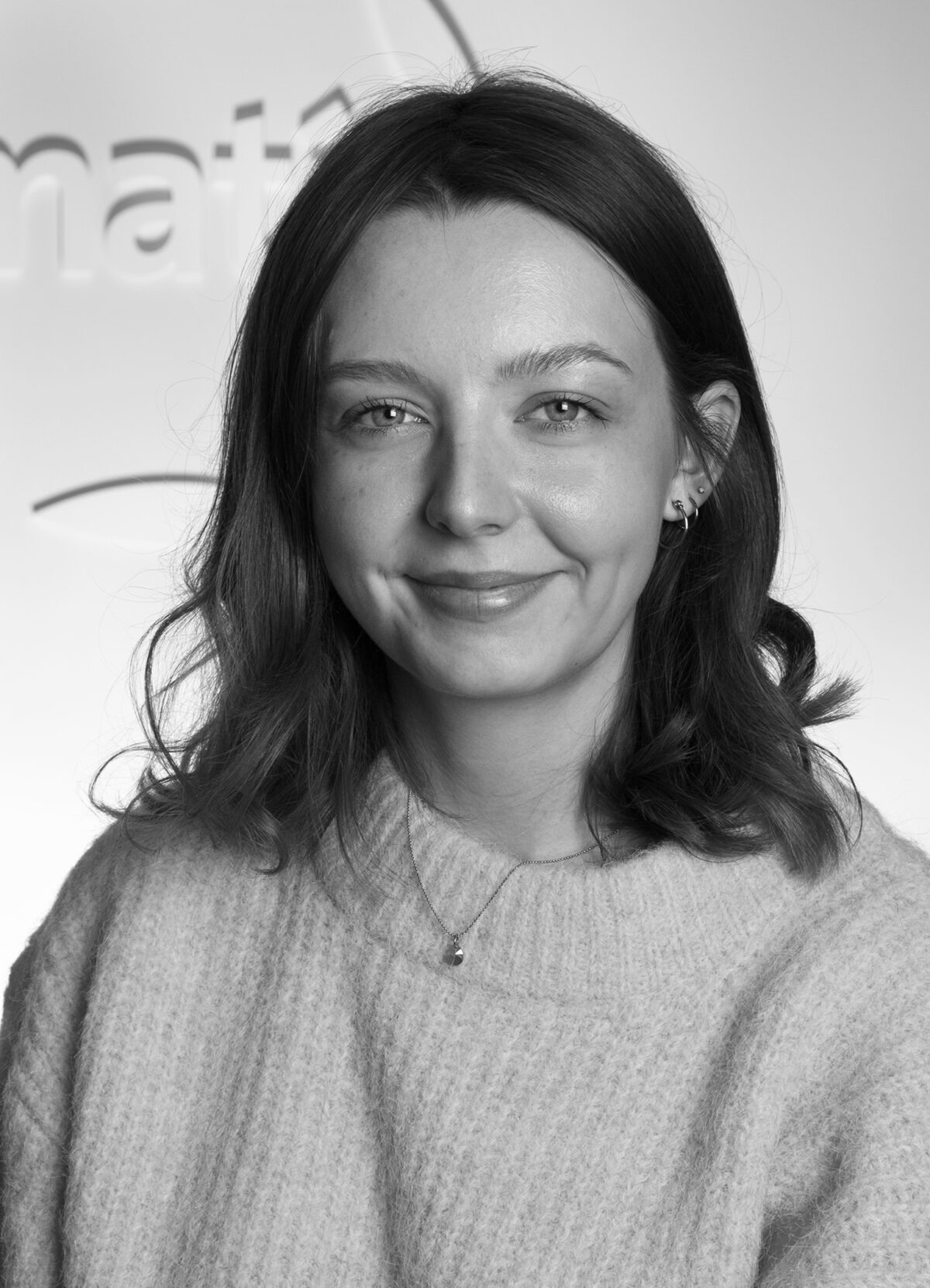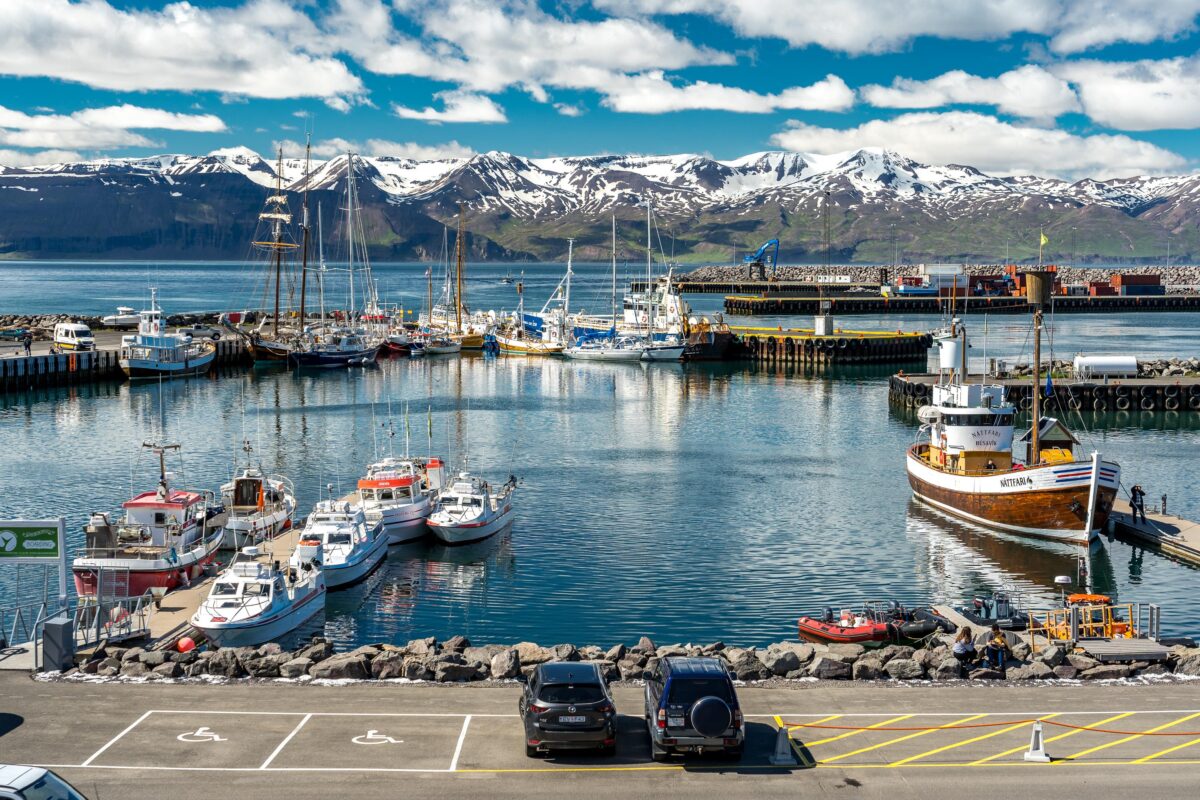Grænmetisbók Matís er nú öllum aðgengileg á vefsíðu Matís. Í þessari vefbók eru aðgengilegar upplýsingar um grænmeti allt frá uppskeru til þess að grænmetið kemur á borð neytenda. Fjallað er um mikilvægi innlendu grænmetisframleiðslunnar fyrir fæðuöryggi, hollustu grænmetisins, rétt geymsluskilyrði, pökkun grænmetis og hvernig hægt er að draga úr sóun á grænmeti. Áhersla er á stuttan hnitmiðaðan texta og hægt er að sækja viðbótarupplýsingar með því að smella á hlekki í textanum.
Verkefnið var styrkt af Þróunarfé garðyrkju sem er á vegum matvælaráðuneytisins. Markmið verkefnisins voru að auka þekkingu á bestu meðferð grænmetis og auka þannig gæði grænmetis á markaði og stuðla að minni sóun. Jafnframt er vonast til þess að áhugi neytenda aukist á íslensku grænmeti og hollustu þess.
Hjá Matís hafa verið unnin fjölmörg verkefni um grænmeti. Sérstaka athygli hafa vakið niðurstöður um hliðarafurðir grænmetis, pökkun grænmetis og heilsufarsleg áhrif pökkunarefna. Nú er hægt að nálgast niðurstöður verkefnanna gegnum grænmetisbókina. Ástæða er til að benda á að hægt er að nálgast upplýsingar um bestu geymsluskilyrði fyrir hinar ýmsu grænmetistegundir en vöntun hefur verið á slíkum upplýsingum. Loks má benda má að nýjar norrænar næringarráðleggingar leggja áherslu á neyslu grænmetis.

